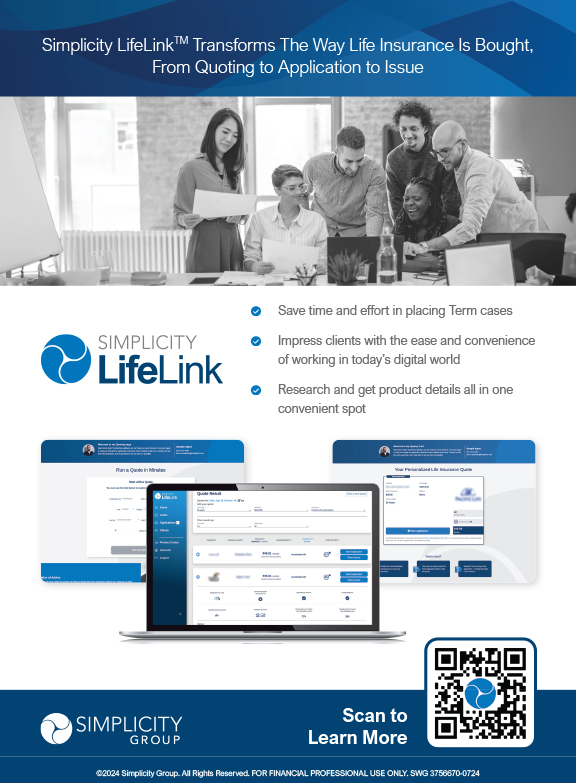In addition to running an independent marketing organization where I help four hundred agents with their annuities, life, and long term care business, I also have a small group of high-net-worth clients I work with. Here, I help them with their retirement planning, estate planning, tax planning, and long term care planning. This is also where I work with securities and “assets under management” as an investment advisor. In doing so, I always pay close attention to where the current interest rates are as well as what I believe the secular trend will be.
Obviously, I am not alone here as there are multi-trillion-dollar money managers that analyze interest rates in order to buy bonds while yields are high, especially if they expect yields to drop in the future (to oversimplify). Why do they do this? Because of the inverse relationship between prevailing yields and the market value of the bond that you currently hold. As many of you know, if one holds a bond today that offers a high interest rate, if interest rates drop tomorrow, that bond would have likely increased in value leading to more wealth for the current bondholder. Bonds 101.
I mention all of this because, although somewhat theoretical when applied to index annuities and GLWBs (guaranteed lifetime withdrawal benefits), I want to share with you what goes on inside of my head when I think of the similar scenario of having an indexed annuity with a lifetime withdrawal benefit rider while interest rates decrease.
In the June edition I typed an article entitled Indexed Annuities: My Paranoia Of Product Extinction where I discussed that annuities with guaranteed lifetime withdrawal benefits are priced extremely generous today and agents and consumers need to take advantage of the current offerings while they exist. Sure enough, since then we have witnessed a few major players decreasing their payout factors on those guaranteed lifetime withdrawal benefits, for the exact reasons I prognosticate in the article. (Note: if one understands the actuarial mechanics behind these products, they can usually predict the moves that the carriers will make with their product pricing, certainly much better than how one can predict the stock market.)
Although somewhat theoretical, let’s draw a link between how bonds increase in value when rates drop and how you could “intrinsically” increase the value of a client’s retirement portfolio by putting them in annuities today with the payout factors decreasing down the road. The last few paragraphs of this article will be me giving you an example of the increased “intrinsic” wealth that your clients, who are locked into a high GLWB today, will get once the payout factors decrease as a few carriers have done.
The technical reason that bonds increase in value as interest rates increase and decrease is because of this: The market value is the cash flow that you will receive from that security discounted back to today’s date by a “discount rate.” The discount interest rate is basically just the new rate in the new environment that we are in.
Let’s use an example: Yesterday, you put $100,000 into a bond that will give you six percent ($6,000 per year) in interest on your $100,0000 investment over the next 10 years, then return your $100,000 of principal back to you at the end. Today, what is the “market value” of that bond? The answer is, it depends. If prevailing rates are still six percent today, then it does not take a financial calculator to tell you that if you discount back a future benefit of $6,000 per year, plus $100,000 at the end, then the “market value” is $100,000 today. This is assuming the discount rate/current rate is based on six percent.
However, let’s assume that interest rates decreased to 5.5 percent since “yesterday,” when you bought the bond. Now what is the market value of your bond? When you discount back that $6,000 per year income plus the $100,000 at the end by the 5.5 percent rate, $103,768.81 is the current “market value” of your bond! We are now $3,768.81 wealthier because we owned an instrument that gives us the same fixed income, even while interest rates dropped! Inflation/costs of living probably dropped as well even though you had the same $6,000 per year coming in to buy those goods and services! Of course your bond is more valuable then! (Note: Technically, the bonds increase and decrease in value based on supply and demand, but it is this bond pricing formula that is the “guiding hand” of that supply/demand.)
Now, let’s say that you are a 55-year-old couple with $100,000 and you put your money in an indexed annuity that will pay you a guaranteed lifetime payout of $15,155 per year, starting at age 65. Again, on both of your lives. Yes, this product exists right now! How long will that income stream of $15,155 come in? Statistics show that age 92 is the life expectancy of one person out of a couple. I would actually argue higher because of “adverse selection”—the notion that healthier than average people buy longevity insurance—but I digress.
When you look at the cash flow analysis, you will find that the internal rate of return on this cash flow going from age 65 to age 92 is around 6.6 percent. The internal rate of return can be defined as, “the amount of return an investment would have to return on an annual basis in order to generate that level of income.”
So, our $100,000 that we used to buy this annuity “yesterday” is going to effectively yield us 6.6 percent, based on the last person living to age 92. However, what if interest rates are such that the carrier has to drop the payouts where the new internal rate of return on new policies for the same scenario is not 6.60 percent, but rather 6.1 percent? Hence, a 50-bps decrease. What would theoretically be the market value of the future income stream on that client’s annuity? $109,646. Our annuity is now 10 percent more valuable just because interest rates decreased. By the way, what I just explained is also how market value adjustments work in increasing and decreasing rate environments.
Now, I am not suggesting that the client is techincally $9,646 richer on his/her personal balance sheet because interest rates have decreased. What I am saying is, this is a technical way to look at the value of the future stream of income they will receive. This is the lens in which the “technicians” on Wall Street view the value of fixed income assets. If there was a secondary market for GLWBs, this math is what would be utilized.
Furthermore, this is not all theoretical BS, because if you think of interest rates lowering, it is often because the costs of goods and services have subsided (lower inflation). This means that you technically can purchase more with your $15,155 payment stream than you could if rates otherwise remained the same. Hence, your annuity is more valuable.
However, for folks purchasing the annuities after rates have decreased, needless to say, they will not have a $15,155 payment stream and they will not see their “theoretical wealth” increase like those folks that got in while the getting was good!


























